I am trying to solve a physical problem by coupling a simulation software to Python. Basically, I need to find the values of length and diameter of each of the pipe sections in the picture below (line segment between any 2 black dots is a pipe section) such that fluid flow from point 0 reaches points 1-5 at the same time instant. I give some starting values for the length and diameter of each of the pipe sections and the simulation software solves to check if the fluid reaches the points 1-5 at the same time instant. If not, the lengths and diameters of the pipe section(s) need to be changed to ensure this. Flow not reaching points 1-5 at the same instant is known as flow imbalance, and ideally I need to reduce this imbalance to zero.
Now my question is - can I couple Python to the simulation software to suggest values of the length and diameter of the various pipe sections to ensure that flow reaches points 1-5 at the same time instant? I already know how to run the simulation software through a python script, and how to extract the flow imbalance result from the software. All I want to know is does a library/ function exist in Python that can iteratively suggest values for the length and diameter of pipe section(s) such that flow imbalance reduces after every iteration?
Please know that it is not possible to frame an objective function that will consider the length and diameter of the pipe section(s) and try to minimize or maximize it to eliminate flow imbalance. Running the software simulation is the only way to actually check this flow imbalance. I know that optimization libraries exist such as scipy.optimize, but AFAIK they work on an objective function. I could not find anything that would suggest values for the length and diameter of pipe sections depending on how large the flow imbalance is after every iteration.
